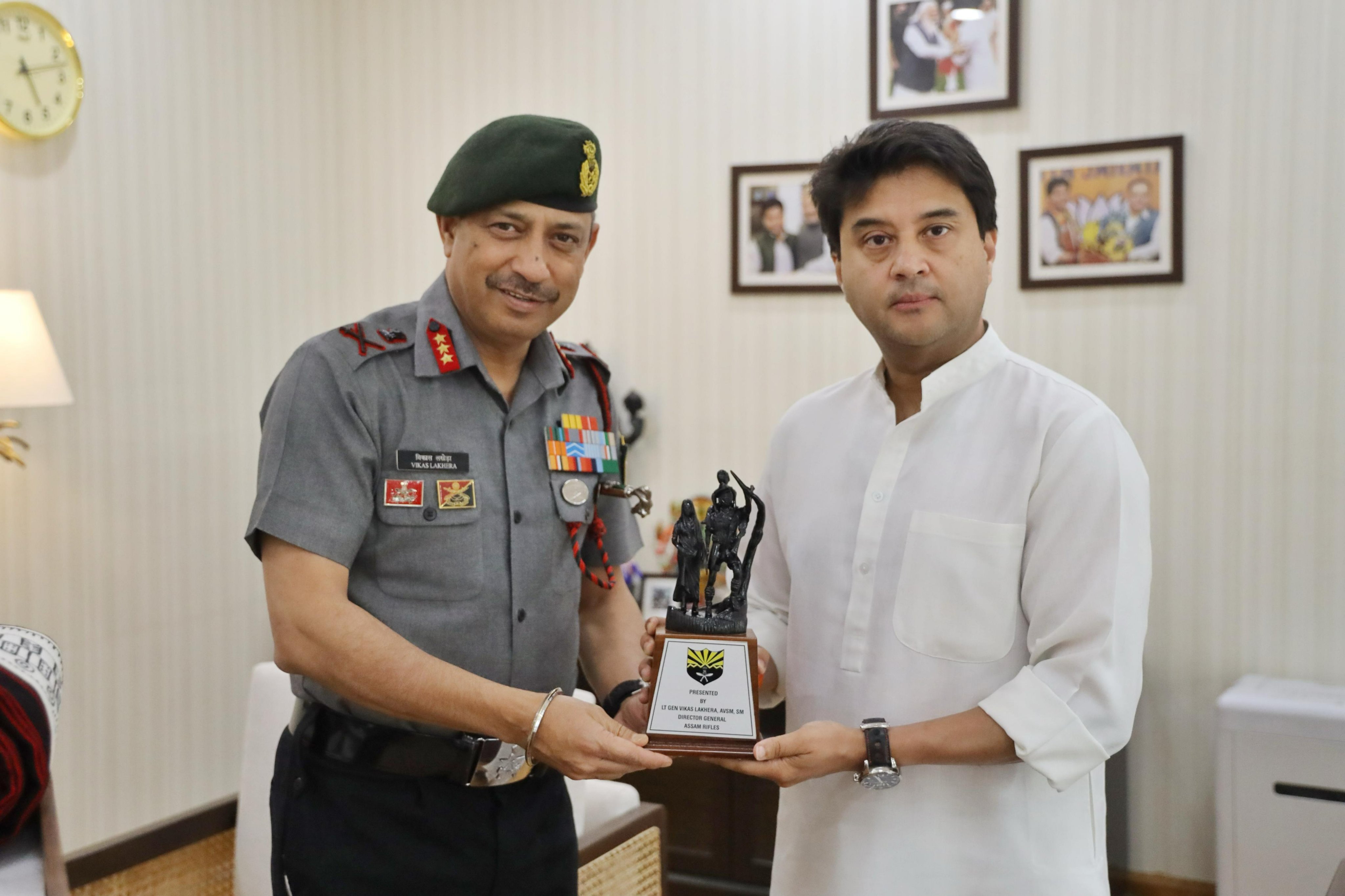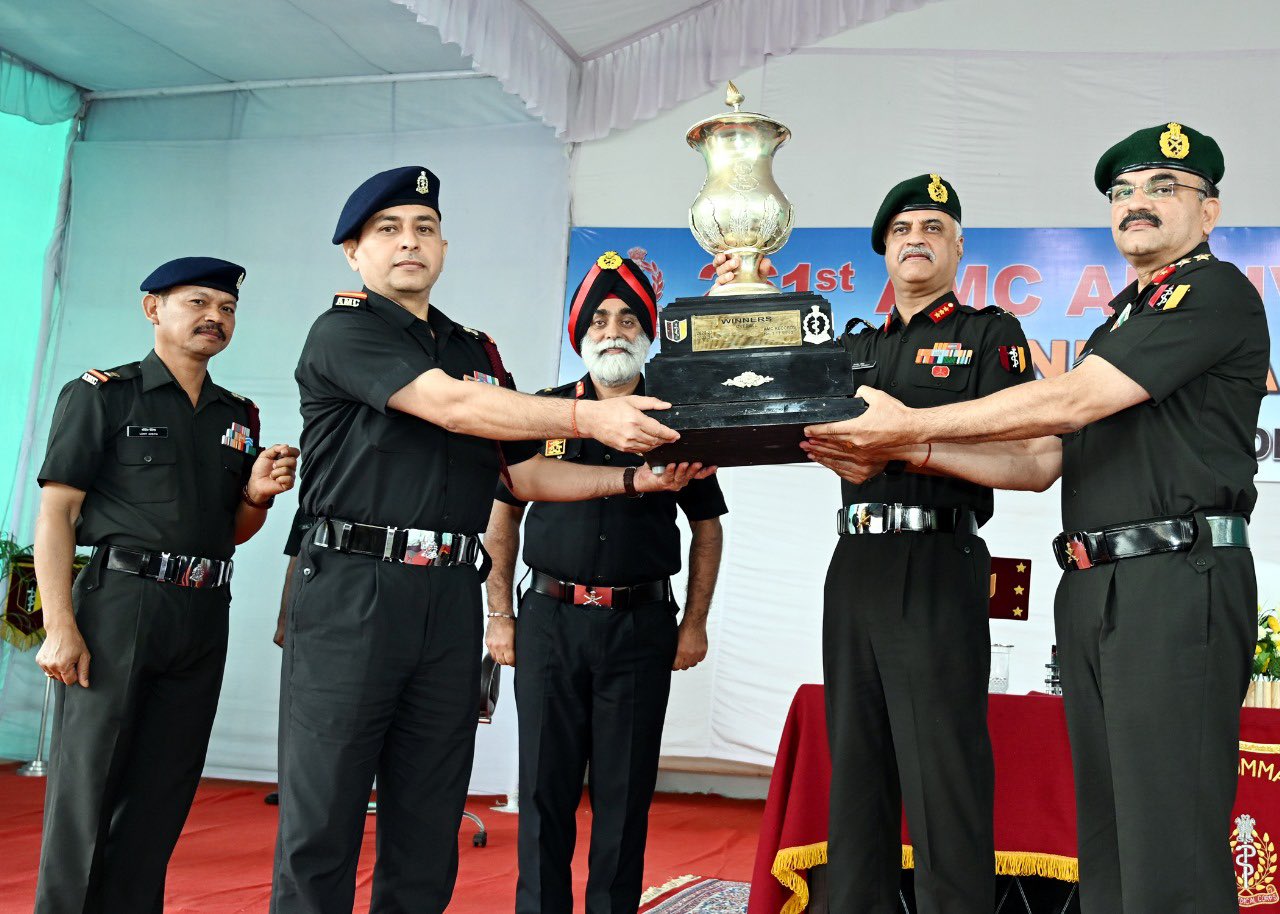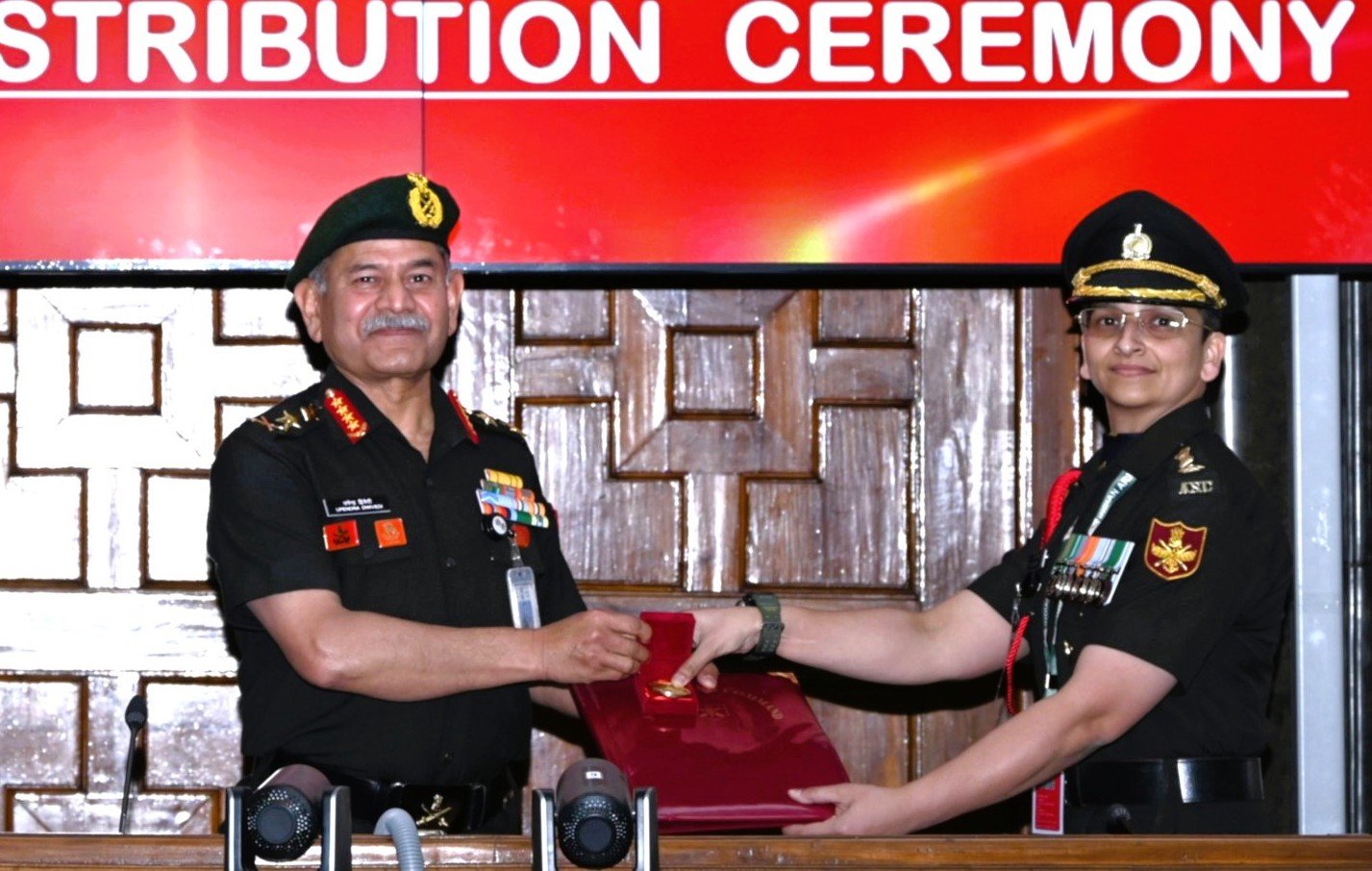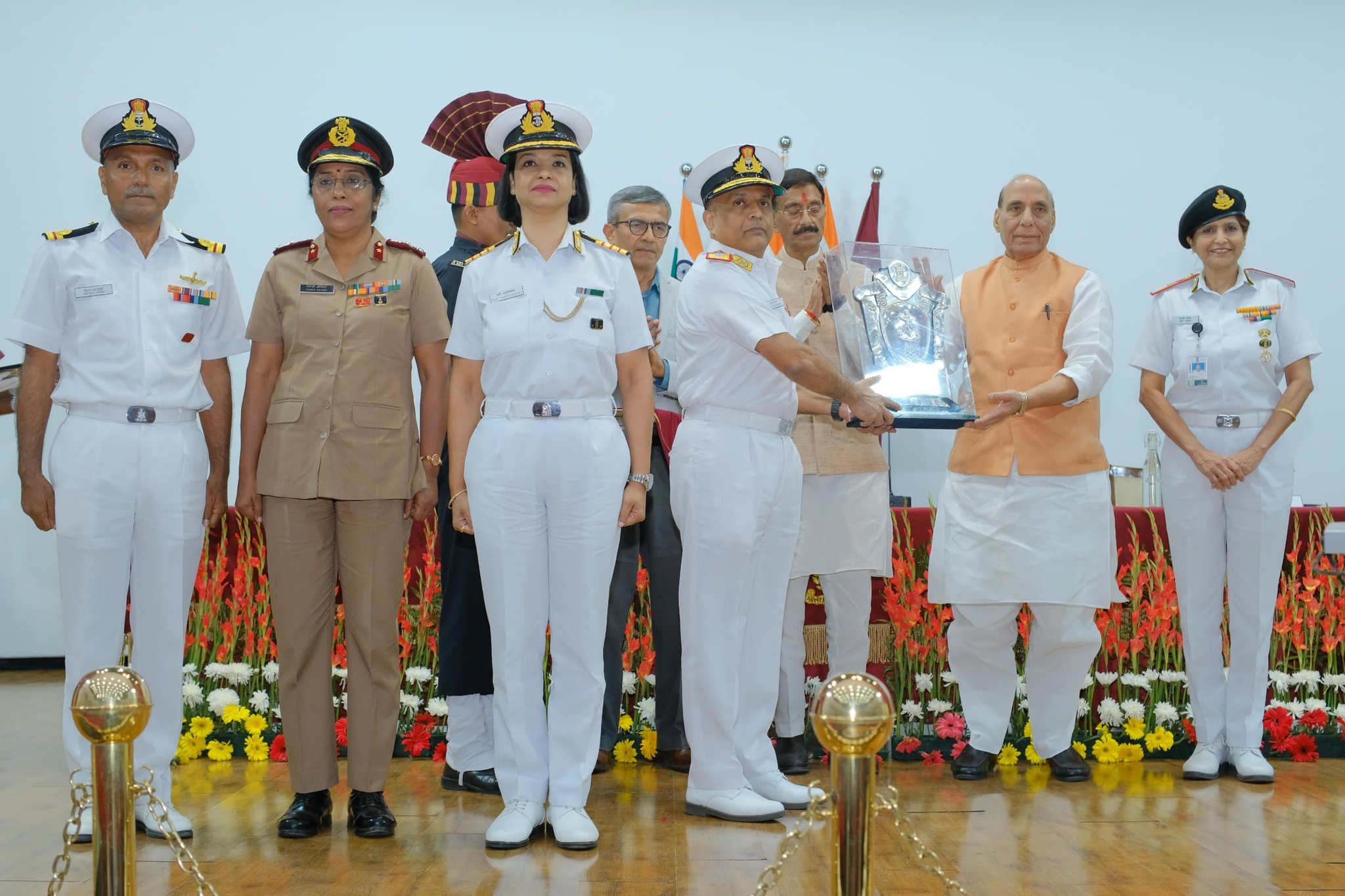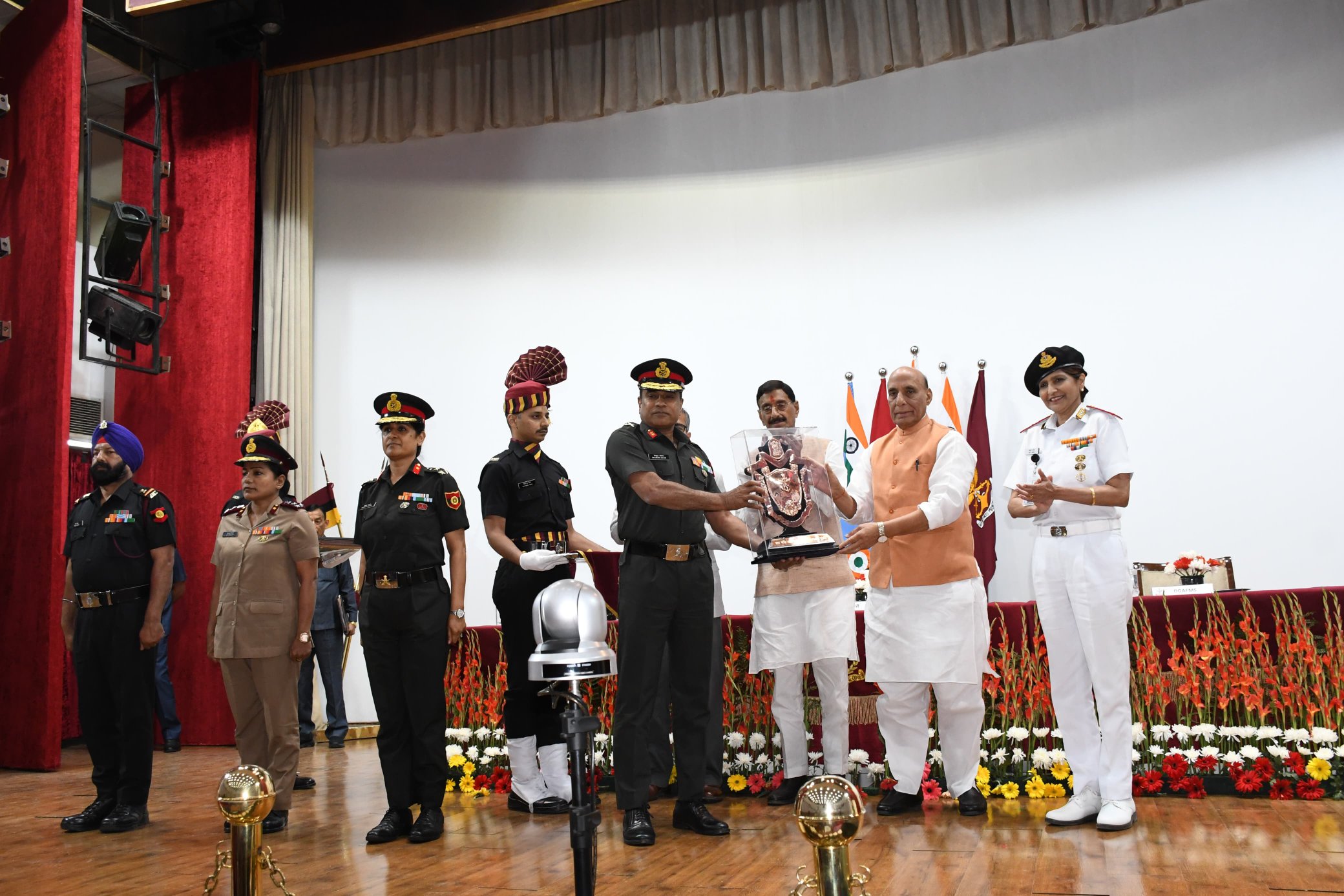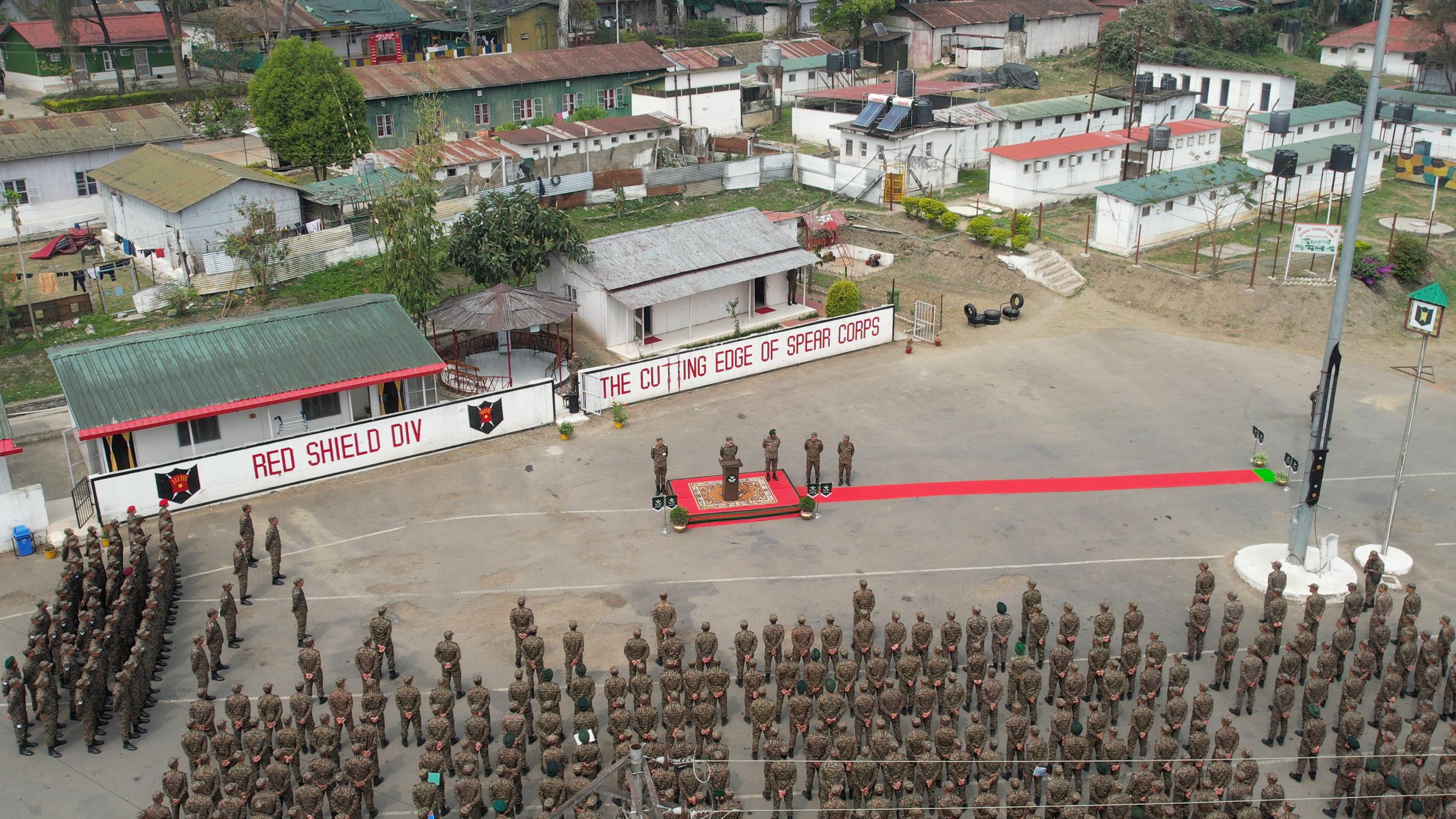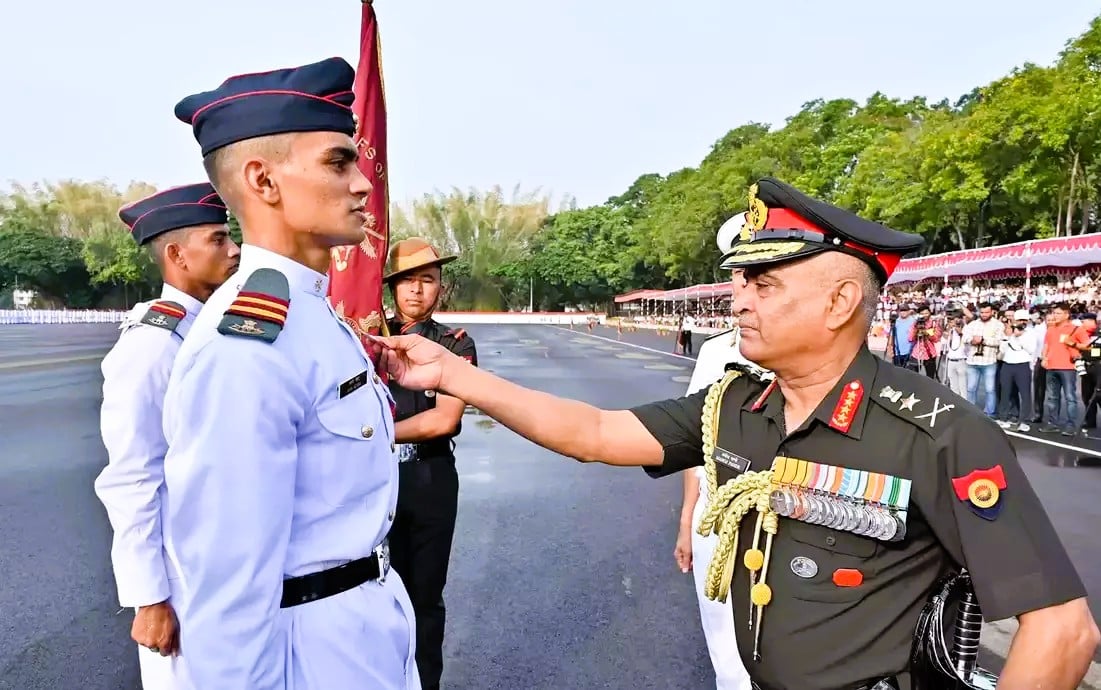In a significant advancement for India’s space technology, the Indian Space Research Organisation (ISRO) successfully launched an experimental flight of its Reusable Launch Vehicle (RLV), named ‘Pushpak’, on Friday. This launch, which took place from the Chalakere Runway, marks the third flight of Pushpak, demonstrating its robotic landing capabilities under increasingly complex scenarios.
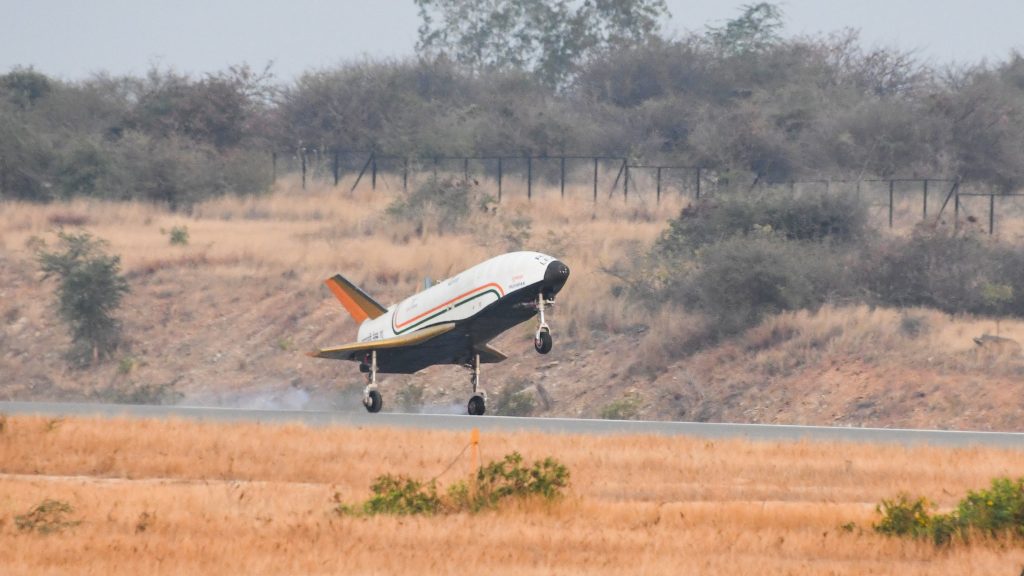
Dubbed as the “swadeshi space shuttle,” the SUV-sized winged rocket’s launch is a part of ISRO’s ambitious efforts to make space access more affordable and sustainable. S Somanath, Chairman of ISRO, highlighted the significance of Pushpak, stating, “It is India’s futuristic Reusable Launch Vehicle, where the most expensive part, the upper stage, which houses all the expensive electronics, is made reusable by bringing it back safely to Earth.” He further added that this technology could lead to refueling in-orbit satellites or even retrieving satellites from orbit for refurbishment, significantly minimizing space debris.
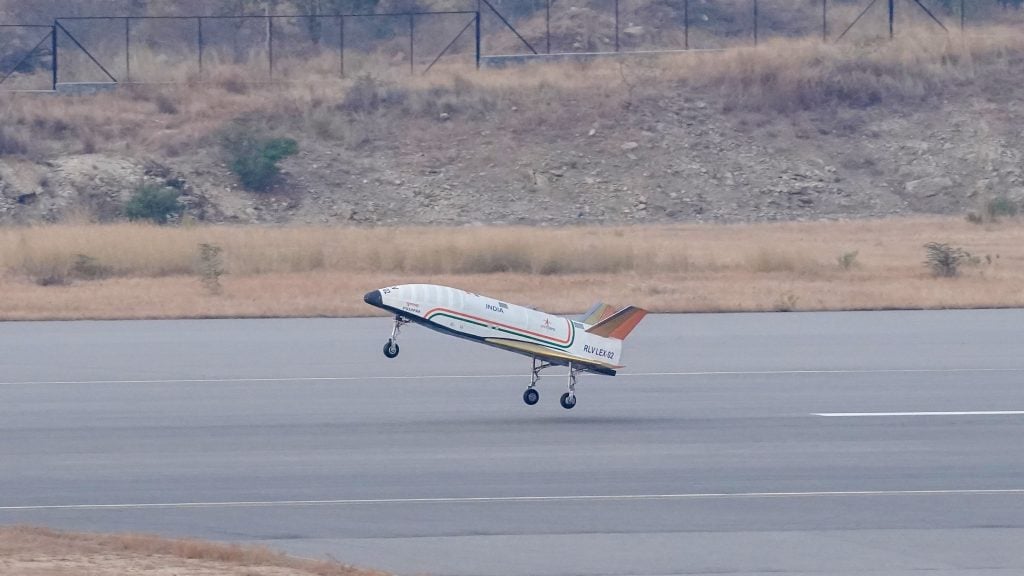
The recent experiment, known as RLV LEX-02, conducted at the Aeronautical Test Range (ATR) in Chitradurga, Karnataka, demonstrated the autonomous landing capability of the RLV from off-nominal initial conditions after being released from a helicopter. The winged vehicle successfully undertook challenging maneuvers, landed precisely on the runway, and came to a halt, showcasing its high-speed autonomous landing abilities.
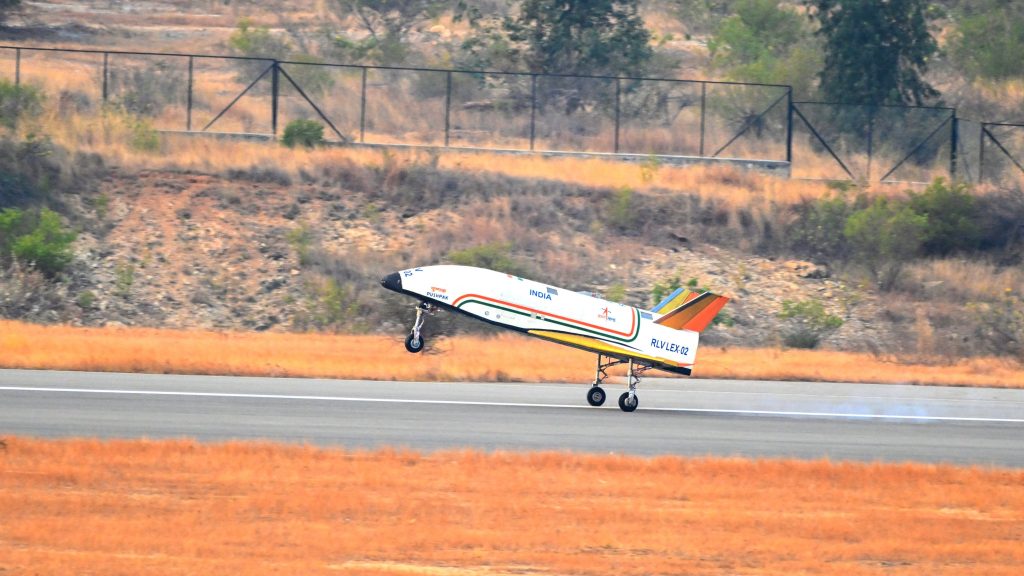
ISRO’s statement post-launch emphasized that the mission simulated the approach and high-speed landing conditions of the RLV returning from space. It also re-validated the indigenously developed technologies in navigation, control systems, landing gear, and deceleration systems essential for the autonomous landing of a space-returning vehicle. Moreover, the reuse capability of flight hardware and flight systems, demonstrated in this mission, marks a significant achievement towards sustainable space exploration.
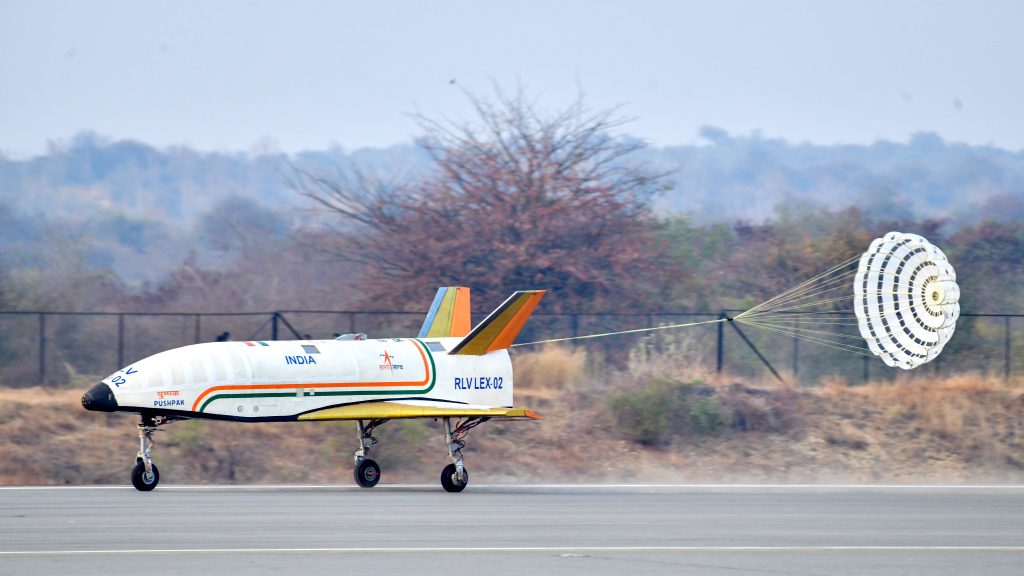
The mission saw collaboration from various agencies, including the Indian Air Force (IAF), ADE, ADRDE, and CEMILAC, contributing to its success. S Somanath congratulated the team on the flawless execution of this complex mission, while Dr. S Unnikrishnan Nair, Director of VSSC, remarked on the mastery of terminal phase maneuvering, landing, and energy management in a fully autonomous mode as a critical step towards future Orbital Re-entry missions.
This landmark achievement not only reinforces ISRO’s position in the global space arena but also paves the way for more cost-effective and environmentally friendly space missions in the future.



